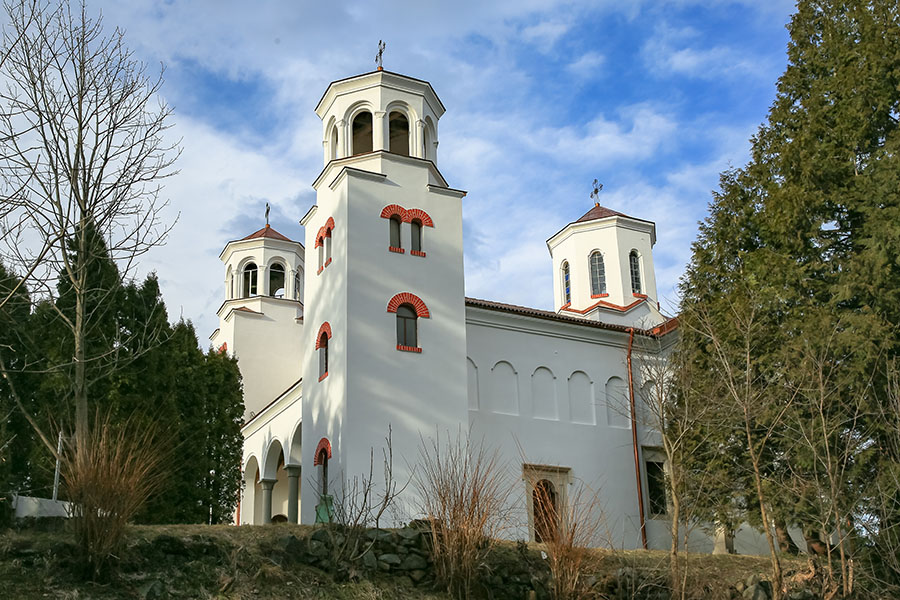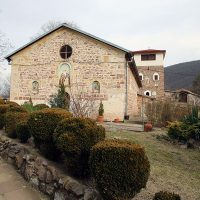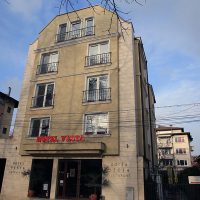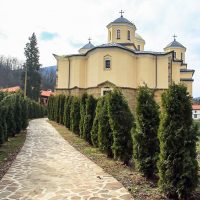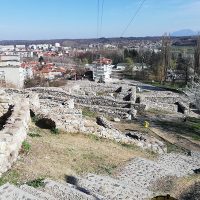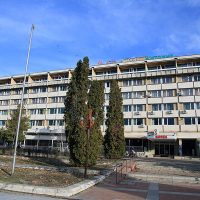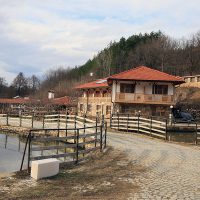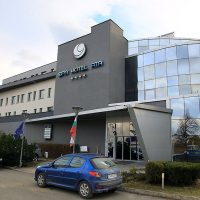








The holy place, located on the hill in the center of the complex, has the shape of a church with three naves, a crucified tower, with three apses, a dome with an eight-walled barrel in the middle, an outer nave and two bell towers on the north and south. The splendid iconostasis is the work of master Stoiceo Fandakov from Samocov. From the tenth century until today, the monastery has served as a true spiritual center in the region. Repeatedly, it was set on fire, plundered, destroyed and rebuilt by locals. In the modern era, only in 1867, Ilia Stoyanov from Draganița village, following a vision of St. Nicholas, begins the restoration of the holy place, managing to involve the local population in this work. His successor, Alexandar Damianov from Bercovita, later became the abbott Antim, being the son of a rich man, dedicating his life and personal wealth to the development of the monastery, so that from 1887 to 1890, the church was built. Supported by the surrounding Orthodox population, he manages to buy a large number of monastery land. The abbott Antim dies at the age of 95, after spending 55 years in this monastery. In 1891, the talented painter Nikola Obrazopisov (1828-1925), a connoisseur of the traditions of Mount Athos, is called to paint the new icons donated by the founders. Between 1936-1937, the successor of the Russian painter Repin, Gospodin Jeliazkov, his daughter Olga and his son-in-law, prof. Gherghi Bogdanov, paint the place again. Subsequently, the archimandrite Antep, the current protozoan of the Metropolis of Vidin, begins extensive work on the infrastructure of the monastery complex. Visitors can learn about the history of the monastery by visiting the church museum, which contains valuable exhibits, photographs, documents, church utensils, service books and icons. Here you can also see the ruins and objects of the first Bulgarian and Metropolitan exarch of Vidin, Antim, as well as those of the Metropolitan of Vidin, Dometian.
Download PDF